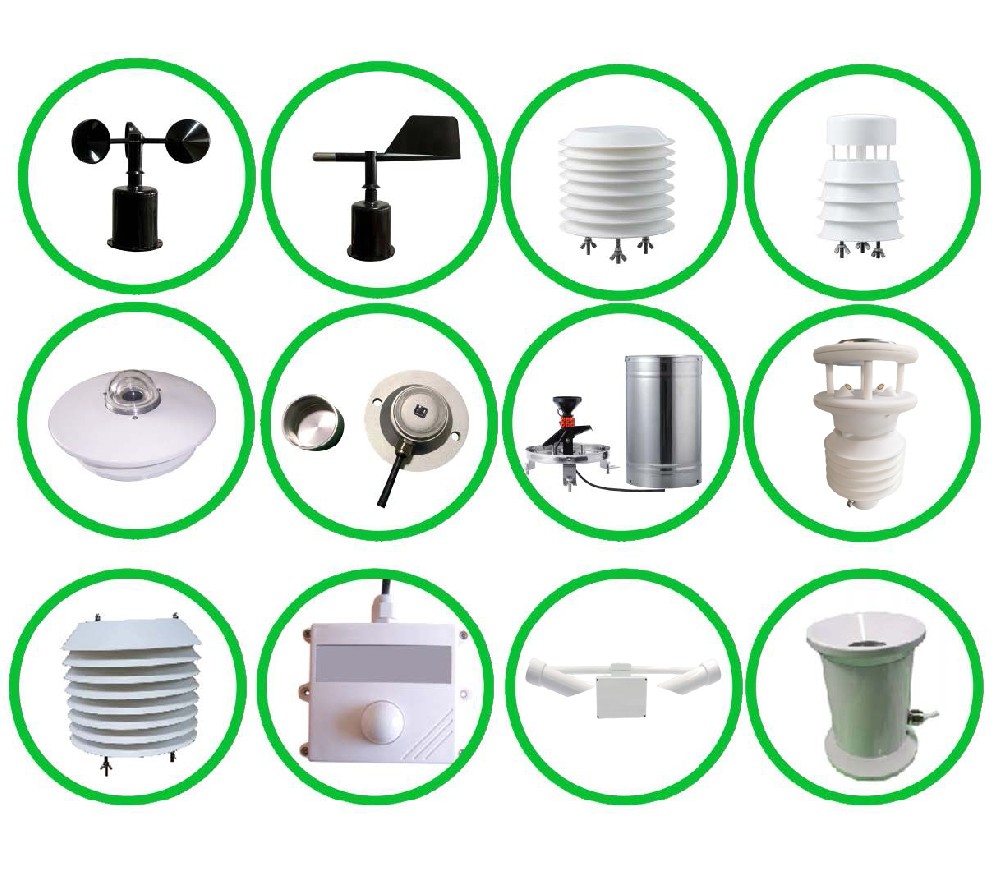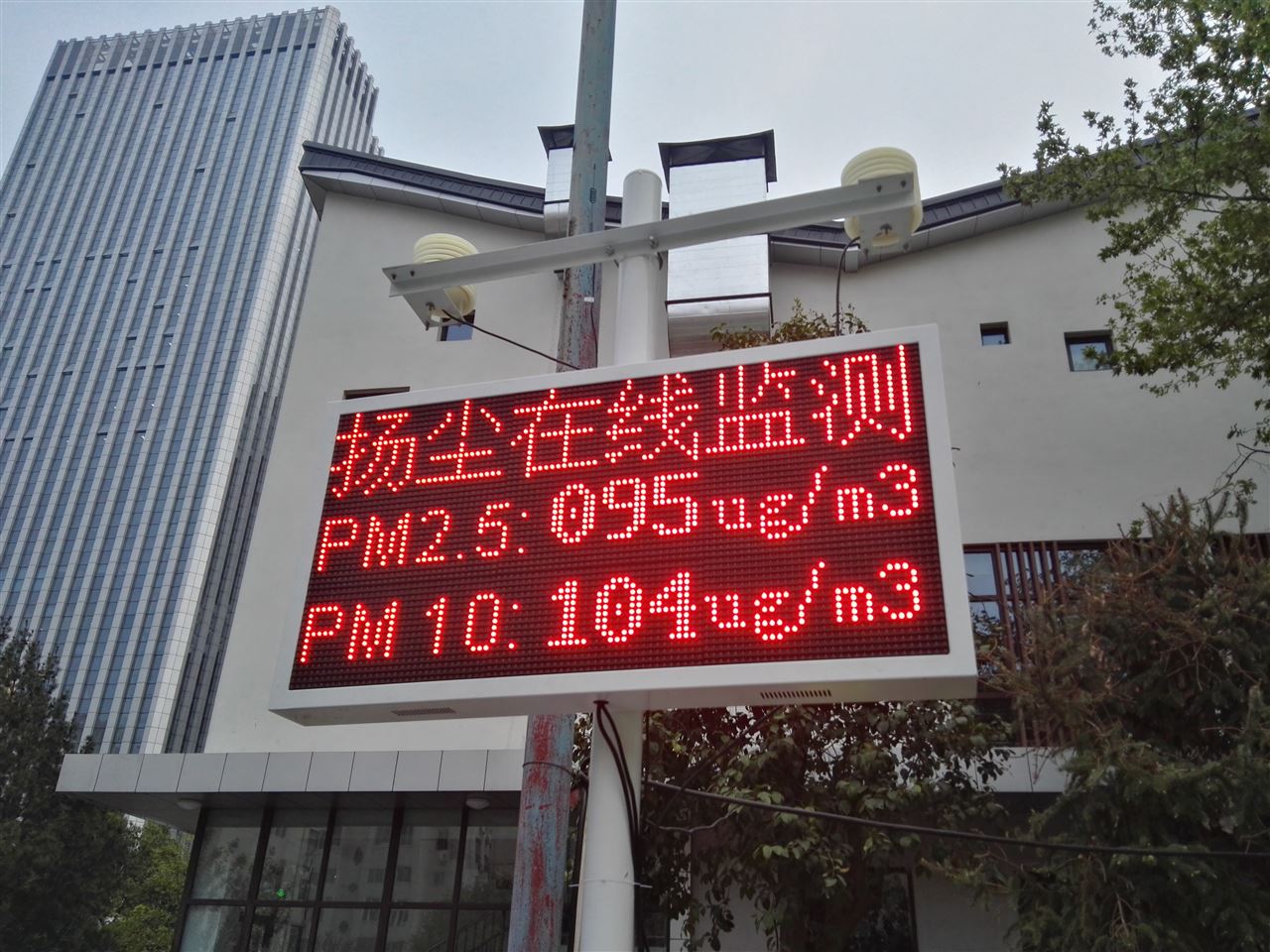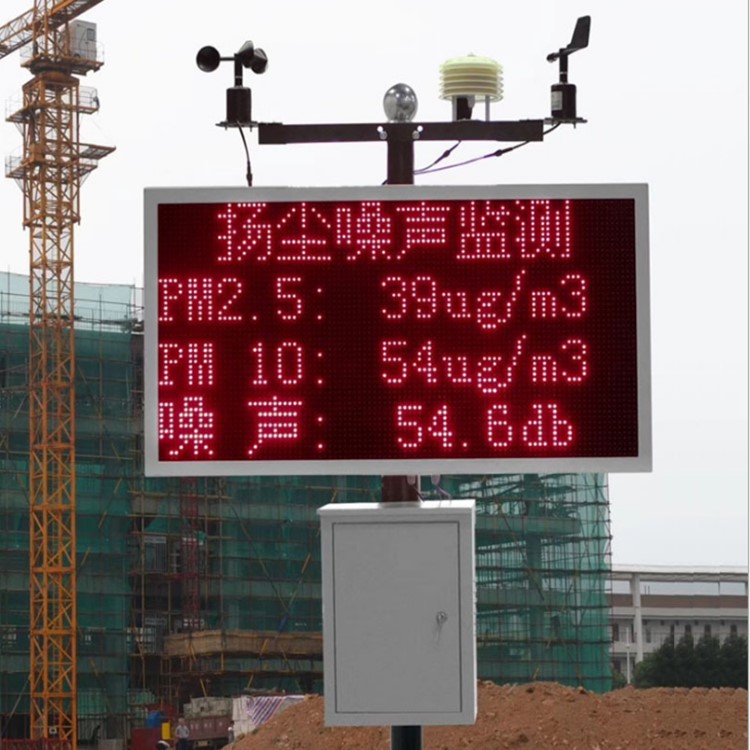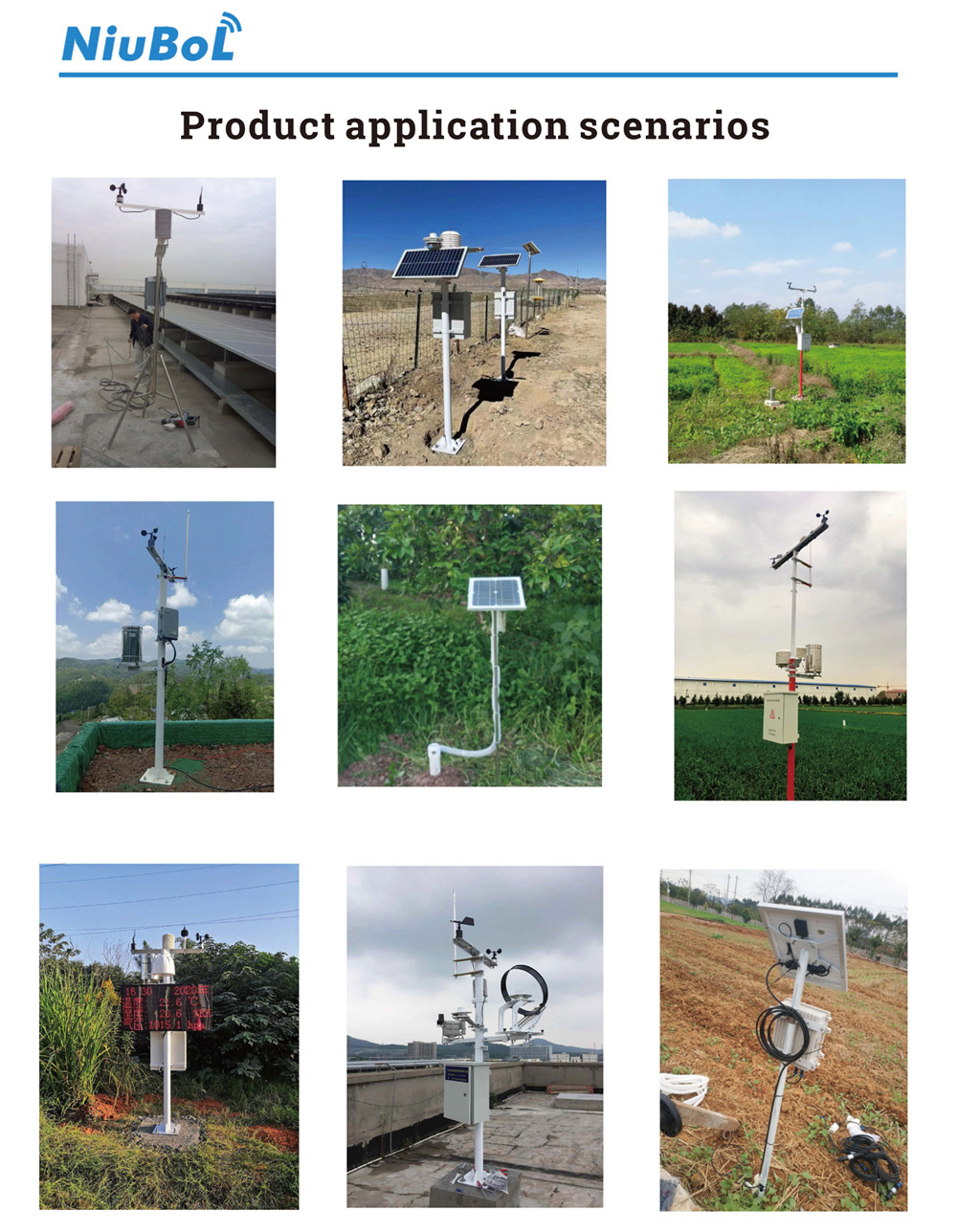

— Blogs —
—Products—
 Consumer hotline +8618073152920
Consumer hotline +8618073152920 WhatsApp:+8615367865107
Address:Room 102, District D, Houhu Industrial Park, Yuelu District, Changsha City, Hunan Province, China
Product knowledge
Time:2024-06-30 10:19:10 Popularity:1063
A jobsite weather station is a type of weather station specifically designed for use at construction sites, industrial facilities or other sites where weather conditions have a significant impact on work operations. These weather stations provide real-time weather data, including temperature, humidity, wind speed and direction, and the main purpose of this type of weather station is to help project managers better understand local weather conditions in order to make decisions about construction scheduling, safety precautions, scheduling and resource planning, and more.
Below are some key points and information about the Jobsite Weather Station:
1.Purpose of building Jobsite Weather Station:
Provide real-time weather data such as temperature, humidity, wind speed, wind direction, air pressure, precipitation, etc.
Assist project managers to develop and adjust construction plans.
Early warning of potential meteorological risks, such as heavy rain, high wind, etc., so that safety measures can be taken in time.
2. Jobsite Weather Station hardware configuration:
Usually includes a variety of weather sensors, such as temperature sensors, humidity sensors, wind speed and direction sensors, barometric pressure sensors, rainfall sensors and so on. Jobsite Weather Station generally needs the following sensors:

2.1 Temperature Sensor:
Function: Used to measure the air temperature.
Importance: Temperature is an important meteorological parameter for site construction, affecting concrete setting, workers' operational efficiency, etc.
2.2 Humidity Sensor:
Function: used to measure air humidity.
Common humidity sensors are capacitive humidity sensor and resistive humidity sensor.
Importance: Humidity affects the preservation and use of materials, as well as the comfort of workers.
2.3 Wind speed sensor:
Function: used to measure the speed of wind.
Common wind speed sensors can be rotary sensors or ultrasonic sensors.
Importance: wind speed affects construction safety, especially in overhead and open-air work.

Function: used to measure the direction of wind.
Wind direction sensors can be wind vanes, wind sensors or ultrasonic based sensors.
IMPORTANCE: Knowing the direction of the wind helps to predict the impact of the wind on the site, such as dusting and risk of working at height.
2.5 Precipitation gauge:
Function: used to measure the amount of precipitation.
Common precipitation gauges include rain gauges and raindrop sensors.
IMPORTANCE: The amount of precipitation affects construction progress and planning, especially in earthworks and concrete construction.
2.6 Atmospheric Pressure Gauge:
FUNCTION: Used to measure atmospheric pressure.
IMPORTANCE: Atmospheric pressure is closely related to weather changes and helps predict future weather trends.
2.7 Noise Sensor:
Function: used to measure noise levels in the environment, usually reporting results in decibels (dB).
APPLICATIONS: widely used in urban environmental monitoring, industrial site monitoring, traffic management and other fields to assess the impact of environmental noise on human health and quality of life.
2.8 PM2.5 Sensor:
Function: Measure the concentration of PM2.5 particulate matter in the ambient air, i.e., fine particulate matter with a diameter less than or equal to 2.5 micrometers.
Applications: Mainly used for air quality monitoring, especially in cities, industrial areas and traffic-intensive areas, as well as indoor air quality monitoring.
2.9 In addition, depending on specific needs, the site weather station may be equipped with other sensors such as:
Solar Radiation Sensor: for measuring the intensity or energy of solar radiation.
UV Sensor: for measuring UV intensity or index.
Visibility sensor: for measuring visibility.
Ground Temperature Sensor: used to measure the ground temperature.

2.9.1 Data collectors, for collecting and processing sensor data.
2.9.2 Data transmission devices, such as wireless modules or wired networks, for transmitting data to a central server or mobile device.
These sensors will be connected to the data acquisition system, data transmission equipment, and data processing system to form a complete meteorological observation system for collecting, transmitting, storing, analyzing, and presenting meteorological data to provide the necessary meteorological data support for site construction.
3.Software configuration:
Data management software for receiving, storing, analyzing and displaying meteorological data.
Early warning system, which automatically sends early warning information to relevant personnel according to the preset threshold of meteorological conditions.
4.Deployment location:
A location that can represent the meteorological conditions of the entire construction site should be selected for deployment.
Consider the influence of terrain, building blockage and other factors on the meteorological data.
5. use and maintenance:
Regularly calibrate and maintain weather stations to ensure data accuracy.
Train project managers and construction personnel on how to view and use weather data.
The following are some of the key features and benefits of a site weather station:.
1. Real-time data: On-site weather stations provide up-to-the-minute weather information, enabling site managers to make informed decisions about job safety and efficiency.
2. Portable: Many site weather stations are designed to be portable, so they can be easily moved from one site to another.
3. Durable: These stations are often made of weather-resistant materials that can withstand harsh outdoor conditions.
4. Wireless communication:Many stations have the ability to transmit data wirelessly to a central location, dashboard or smartphone app, allowing information to be easily accessed from anywhere.
5. Alarms and notifications:Some weather stations can be equipped with alarm systems that notify site managers of hazardous weather conditions, such as high winds or extreme temperatures, helping to prevent accidents and injuries.
6. Customization: Depending on the needs of the job site, weather stations can be customized with additional sensors for measuring parameters such as rainfall, barometric pressure or soil moisture.
7. Data logging: Site weather stations often have data logging capabilities that allow for the collection and storage of historical weather data, which is useful for long-term planning and analysis.
8. Integration: These stations can be integrated with other site management systems, such as construction management software, to streamline operations and improve overall efficiency.

Jobsite Weather Station is an important tool for ensuring worker safety and productivity in outdoor environments. Through the use of Jobsite Weather Station, building construction projects can be managed more scientifically and efficiently, improving construction efficiency and quality while ensuring construction safety. By providing accurate, real-time weather information, they can help companies effectively manage risk and optimize operations.
Related recommendations
Sensors & Weather Stations Catalog
Agriculture Sensors and Weather Stations Catalog-NiuBoL.pdf
Weather Stations Catalog-NiuBoL.pdf
Related products
 Combined air temperature and relative humidity sensor
Combined air temperature and relative humidity sensor Soil Moisture Temperature sensor for irrigation
Soil Moisture Temperature sensor for irrigation Soil pH sensor RS485 soil Testing instrument soil ph meter for agriculture
Soil pH sensor RS485 soil Testing instrument soil ph meter for agriculture Wind Speed sensor Output Modbus/RS485/Analog/0-5V/4-20mA
Wind Speed sensor Output Modbus/RS485/Analog/0-5V/4-20mA Tipping bucket rain gauge for weather monitoring auto rainfall sensor RS485/Outdoor/stainless steel
Tipping bucket rain gauge for weather monitoring auto rainfall sensor RS485/Outdoor/stainless steel Pyranometer Solar Radiation Sensor 4-20mA/RS485
Pyranometer Solar Radiation Sensor 4-20mA/RS485
Screenshot, WhatsApp to identify the QR code
WhatsApp number:+8615367865107
(Click on WhatsApp to copy and add friends)
